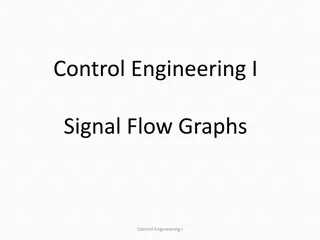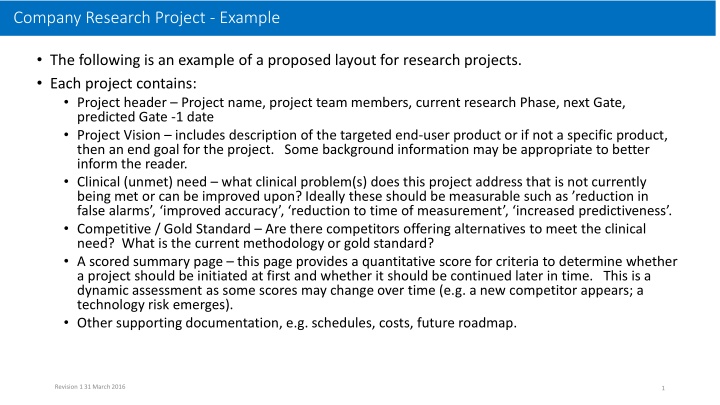
Proposed Layout for Research Projects
This proposed layout for research projects includes project details such as team members, research phases, gates, and project vision. It also addresses clinical needs, competitive analysis, and scored summary pages to assess project initiation and continuation. The approach for assigning scores to projects is explained, emphasizing the subjective yet objective measures involved in the process.
Download Presentation

Please find below an Image/Link to download the presentation.
The content on the website is provided AS IS for your information and personal use only. It may not be sold, licensed, or shared on other websites without obtaining consent from the author. If you encounter any issues during the download, it is possible that the publisher has removed the file from their server.
You are allowed to download the files provided on this website for personal or commercial use, subject to the condition that they are used lawfully. All files are the property of their respective owners.
The content on the website is provided AS IS for your information and personal use only. It may not be sold, licensed, or shared on other websites without obtaining consent from the author.
E N D
Presentation Transcript
Company Research Project - Example The following is an example of a proposed layout for research projects. Each project contains: Project header Project name, project team members, current research Phase, next Gate, predicted Gate -1 date Project Vision includes description of the targeted end-user product or if not a specific product, then an end goal for the project. Some background information may be appropriate to better inform the reader. Clinical (unmet) need what clinical problem(s) does this project address that is not currently being met or can be improved upon? Ideally these should be measurable such as reduction in false alarms , improved accuracy , reduction to time of measurement , increased predictiveness . Competitive / Gold Standard Are there competitors offering alternatives to meet the clinical need? What is the current methodology or gold standard? A scored summary page this page provides a quantitative score for criteria to determine whether a project should be initiated at first and whether it should be continued later in time. This is a dynamic assessment as some scores may change over time (e.g. a new competitor appears; a technology risk emerges). Other supporting documentation, e.g. schedules, costs, future roadmap. Revision 1 31 March 2016 1
Company Research Project Scored Summary Page Strategic Fit How does this project fit within the overall technology strategy for the Company? Technology Plan Alignment Does this project align well with current Company markets or are new Market Alignment Technology Plan Alignment channels needed to exploit the full potential? How well does this project provide an unmet clinical need, advance clinical practice, improve efficiency, accuracy or cost? Clinical Advancement Equal weighting unless agreed upon Scale: 0 or 1 low 2 or 3 medium 4 or 5 high (good) Innovativeness Does this project provide a first to market for the Company or a unique approach within the industry? Technology Leadership Impact Does this project impact a large potential customer volume in its targeted segments? Will it sell? Is there strong competition? Market Potential Are there challenging risks in technology, intellectual property, safety, security, regulatory, clinical acceptance, usability, competitive, manufacturability, costs, serviceability, training? Does the project require resources, timelines and funding that will be challenging for the Company to meet? Feasibility Risks Timeline / Funding Revision 1 31 March 2016 2
Company Research Project Assigning Scores - Approach Scoring projects is a subjective task but objective measures should still be applied. With more experience, the scoring task becomes easier to do and with increased consistency across multiple projects. A low (red) score does not mean a project is bad or has failed. Rather, it may point out an uncertainty that is recognized and should be mitigated. Alternatively, a project that is all high (green) scores is unrealistic and perhaps too risk-adverse. A measure that is unknown at a given time should be marked as a 3 (yellow) until it can be determined. Totaling all the scores (e.g. Kepner-Tregoe or Jiro Kawakita KJ method ) is NOT desirable because each area of Strategic Fit, Innovativeness and Feasibility have different significance per project and each should be assessed individually. All management and individual team members should understand what is the meaning behind a score: areas of strength that should be further exploited and areas of uncertainty that should be further evaluated. The actions to be taken are more important than the score itself. Revision 1 31 March 2016 3
Company Research Project Assigning Scores Strategic Fit Measures Technology Plan Alignment: 5 technology to be deployed is identical to Company technology existing 4 technology is very similar to Company technology existing 3 technology is similar to Company technology existing but very similar to technology planned 2 technology is dissimilar to Company technology existing but similar to technology planned 1 technology is dissimilar to any Company technology existing or planned 0 technology is very dissimilar to any Company technology existing or planned Note: this measure may be at odds with Technology Leadership Impact, that is okay. Market Alignment: 5 end product will be in an existing market/geography that is very well covered by Company sales 4 end product will be in an existing market/geography that is covered by Company sales 3 end product will be in an existing market/geography that is marginally covered by Company sales 2 end product will be in new but highly accessible market/geography to Company sales 1 end product will be in a new but accessible market/geography to Company sales 0 end product will be in a new and not accessible market/geography to Company sales Note: this measure is independent of Market Potential e.g. a product could be in a market that is currently not covered by existing Company sales channels but still has great potential sales. Revision 1 31 March 2016 4
Company Research Project Assigning Scores Innovativeness Measures Clinical Advancement: 5 technology provides more than one unmet clinical need, advances clinical practice or accuracy with no deficit on efficiency or cost 4 technology provides clinical advancement of needs, practice or accuracy with no deficit of efficiency or cost 3 technology provides clinical advancement of needs, practice or accuracy with a small deficit of efficiency or cost 2 technology provides clinical advancement of needs, practice or accuracy with a significant deficit of efficiency or cost 1 technology provides no clinical advancement of needs, practice or accuracy 0 technology would incur unacceptable averse impact of clinical needs, practice or accuracy Technology Leadership Impact: 5 technology is first to market in the medical device industry and recognized as evolutionary 4 technology is first to market within the market segment as a novel way to use an existing technology 3 Technology is leading edge but not first to market within the market segment 2 Technology is a me too technology but with some added value within the market segment 1 technology is trailing edge within the market segment 0 technology is trailing edge within the market segment diminishing the perception of Company s technology position Market Potential: 5 end product will result in large increase of sales/share in market segment with no initial competition 4 end product will result in large increase of sales/share in market segment with some competition 3 end product will result in medium increase of sales/share in market segment with no or some competition 2 end product will result in small increase of sales/share in market segment with heavy competition 1 end product will result in no increase of sales/share in market segment with some competition 0 end product will result in no increase of sales/share in market segment with heavy competition Revision 1 31 March 2016 5
Company Research Project Assigning Scores - Feasibility Measures Risks: 5 project has no technology, intellectual property, safety, security, regulatory, clinical acceptance, usability, competitive, manufacturability, costs, serviceability or training risks 4 project has small risks that are all mitigated 3 project has small risks of which at least one is not mitigated 2 project has multiple small unmitigated risks 1 project has at least one significant unmitigated risk 0 project has multiple significant unmitigated risks Timeline / Funding: 5 project is adequately funded and is on schedule 4 project is adequately funding, is slightly behind phase schedule , Gate -1 on schedule 3 project is adequately funded, is behind phase schedule, Gate -1 will likely slip by 1Q 2 project needs more funding, is behind schedule, slipping Gate -1 by 2Q 1 project needs more funding, is behind schedule, slipping Gate -1 by > 2Q but can succeed 0 project needs more funding, is behind schedule, slipping Gate -1 by > 2Q and can not recover Revision 1 31 March 2016 6
Company Research Example An example of one Company Research Summary follows. There will be 2 pages for each Company research project. Supporting material (schedules, costs, technical details, regulatory approach, etc.) are also needed at times for complete reviews. Revision 1 31 March 2016 7
Company Product X Project team: Company: Max, Sam; General Hospital: Dr. Doctor, Dr. Hawkeye Phase: Practical Feasibility Next Gate: -2 Gate -1 Date: TBD Vision: The envisioned product is an integrated measurement of splanary flow incorporated along with Company monitoring either in a standalone device or a full patient monitor. Product X is a quick non- invasive test to measure splanary flow. A prolonged splanary flow may be a sign of indigestion as well as dehydration. Splanary flow is used as a quick diagnostic in the ED especially with pediatric and neonatal patients. Unmet Clinical Needs: Accuracy / Reproducibility: measurement is currently performed manually and is subject to clinician variability and bias. An automatic measurement will produce a consistent, accurate and reproducible measurement. Methodology could lead to a standardized, best practice in a hospital ED and ICU units. Therapy / Continuous measurement: Repeated measurements are possible and may provide early indications of splanary flow deficits. Process efficiency: For a single measurement, it is equivalent to the manual method in terms of operational efficiency. For multiple measurements, it can operate without clinical presence. If implemented in a standalone with battery, it may improve triage process efficiency in a hospital or field setting. Competitors / Gold Standard : There are no current competitors. The Gold Standard is the manual method performed by the clinician. As a standard, it has known deficiencies stated above. Revision 1 15 April 2016 8
Company - Product X Strategic Fit Innovativeness Feasibility Technology Alignment Market Alignment Clinical Advancement Technology Leadership Market Potential Risks Timeline / Funding 4.0 3.0 3.0 4.0 3.0 3.0 4.0 Strategic fit: Technology uses existing sensor similar to splanary flow sensor integrated into a Company patient monitor. Technology is targeted for U.S. neonatal and pediatric ICU units as well as ED units (for adult and pediatric patients) in which Company does not have a strong market presence. Smaller markets are Europe ED/ICU and A-P ICU. Innovativeness: An automated continuous Product X would be first to market and a novel use of the technology. Has the potential to set the standard in clinical practice, but clinical efficacy must still be demonstrated. Clinical trials at General Hospital are being planned. There is no competitive product but market growth would likely be gradual. Feasibility: Algorithms must be modified to correct for temperature. There is a possibility that the clinical study may demonstrate that while the product works, the measurement of splanary flow does not provide a reliable indication of disease state. The regulatory timeline must be re-assessed for proper approach to 510(k) filing. Timeline is also dependent on Company engineering resources and the regulatory filing of the Company Product W. Revision 1 15 April 2016 9



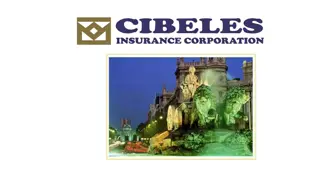
![Year-End Business Report for [Company Name]](/thumb/131798/year-end-business-report-for-company-name.jpg)
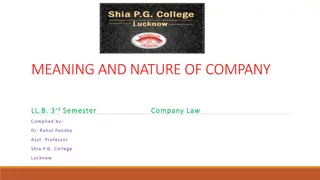

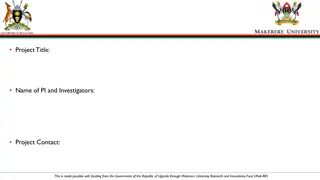



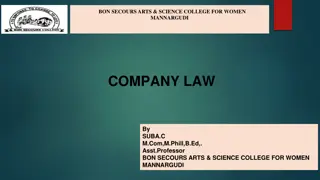
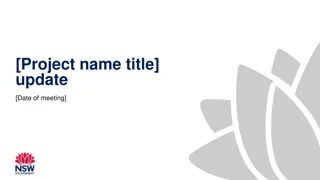
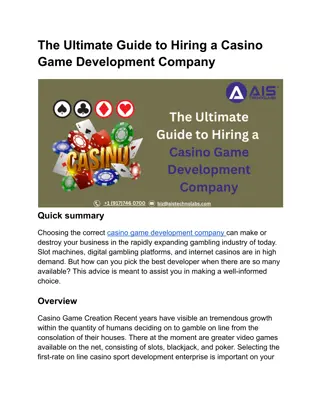
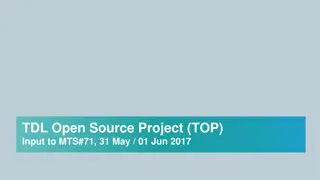
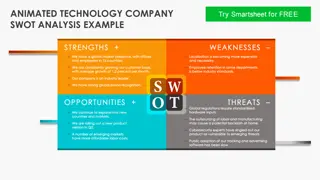
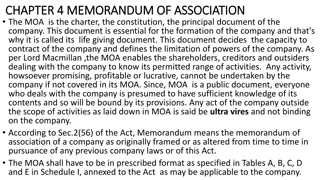


![Project Initiation Document for [Insert.Project.name] [Insert.Project.number]](/thumb/226757/project-initiation-document-for-insert-project-name-insert-project-number.jpg)
